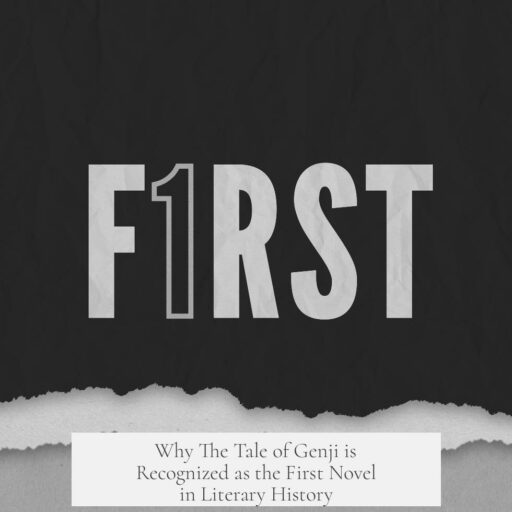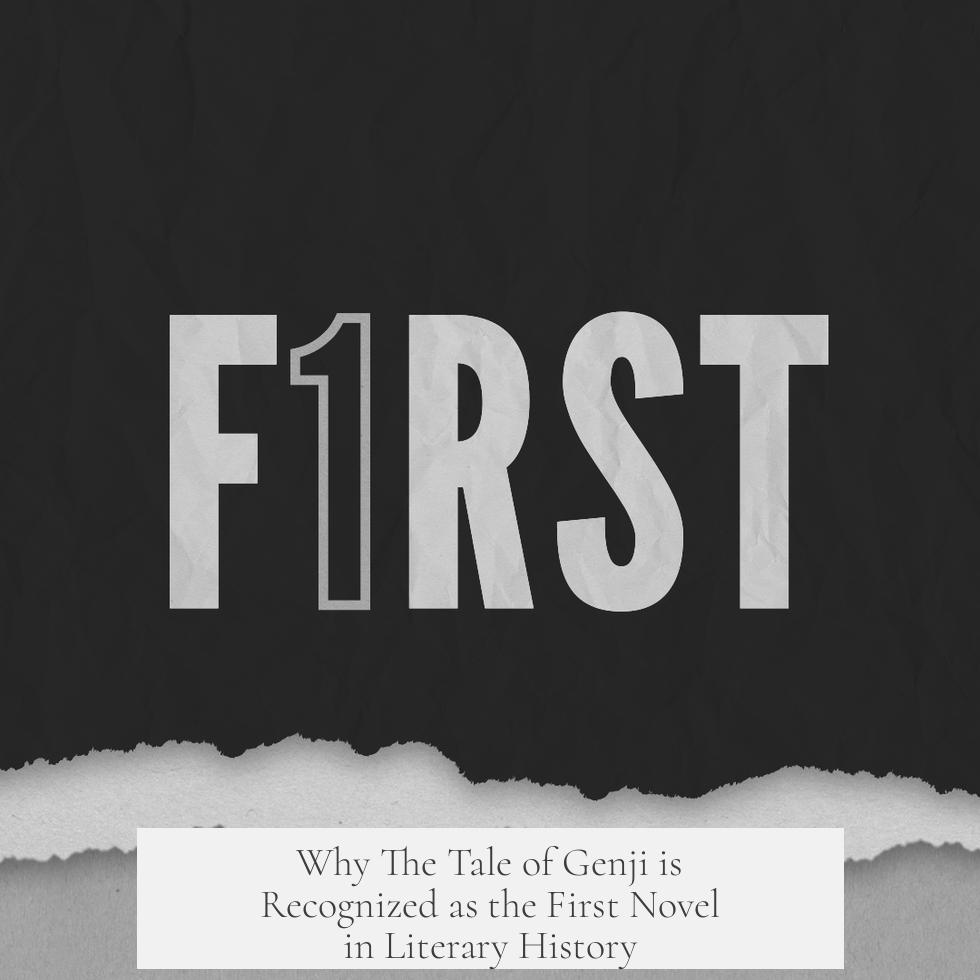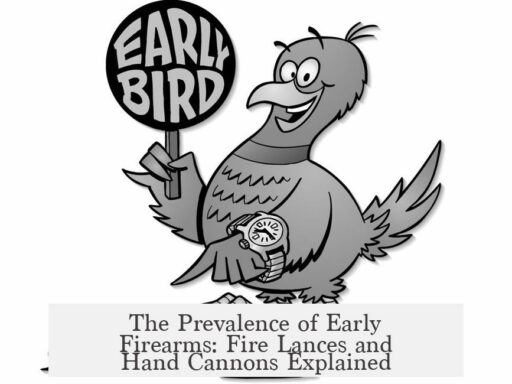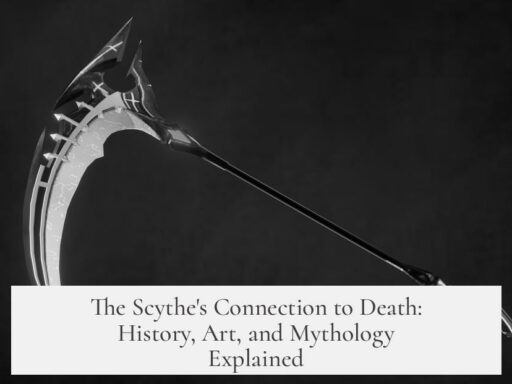The Tale of Genji is widely considered the first novel because it meets key criteria that define the novel as a literary form: it is a long, cohesive prose narrative featuring complex character development and realistic themes.
Most scholars agree on this point due to the novel’s unique qualities that distinguish it from earlier written works. Unlike collections of episodic stories, such as *One Thousand and One Nights* or *The Milesian Tale,* which lack unified and continuous narratives, The Tale of Genji presents a sustained and unbroken storytelling approach.
The novel form generally requires four main features:
- Considerable length
- Prose writing
- A cohesive narrative
- Fictional content
The Tale of Genji satisfies all these. It spans roughly 1300 pages, unfolds through consistent prose, and offers a singular story that tracks its characters through changing times, maturity, and social circumstances.
Crucially, the novel goes beyond earlier ancient romances, such as *Callirhoe,* by humanizing its characters deeply. It explores their interior lives, familial relationships, and social duties, delivering rich psychological insight rather than relying on fantastical or episodic romance elements. This introspection marks a literary advancement toward what modern readers identify as a novel.
Although The Tale of Genji incorporates poetry and crosses multiple genre boundaries—a practice common in its historical Japanese context—it still conforms to the narrative and characterization standards central to Western definitions of the novel. Scholars like Dennis Washburn note the difficulty of applying Western criteria strictly but recognize that the work meets contemporary novelistic expectations.
Additionally, the existence of chapters further supports its novel status, allowing segmented yet continuous storytelling.
| Feature | Example in The Tale of Genji |
|---|---|
| Length | ~1300 pages |
| Narrative | Unbroken, chronological, cohesive |
| Character Development | Dynamic, introspective, evolving with age |
| Prose | Consistent and literary |
- Earlier works lack cohesive narrative and character depth.
- The Tale of Genji humanizes characters and explores social themes.
- It transcends some genre limits while fitting the novel definition.
- Its length and prose unify the story, meeting classic novel criteria.
Why is The Tale of Genji widely considered the first novel?
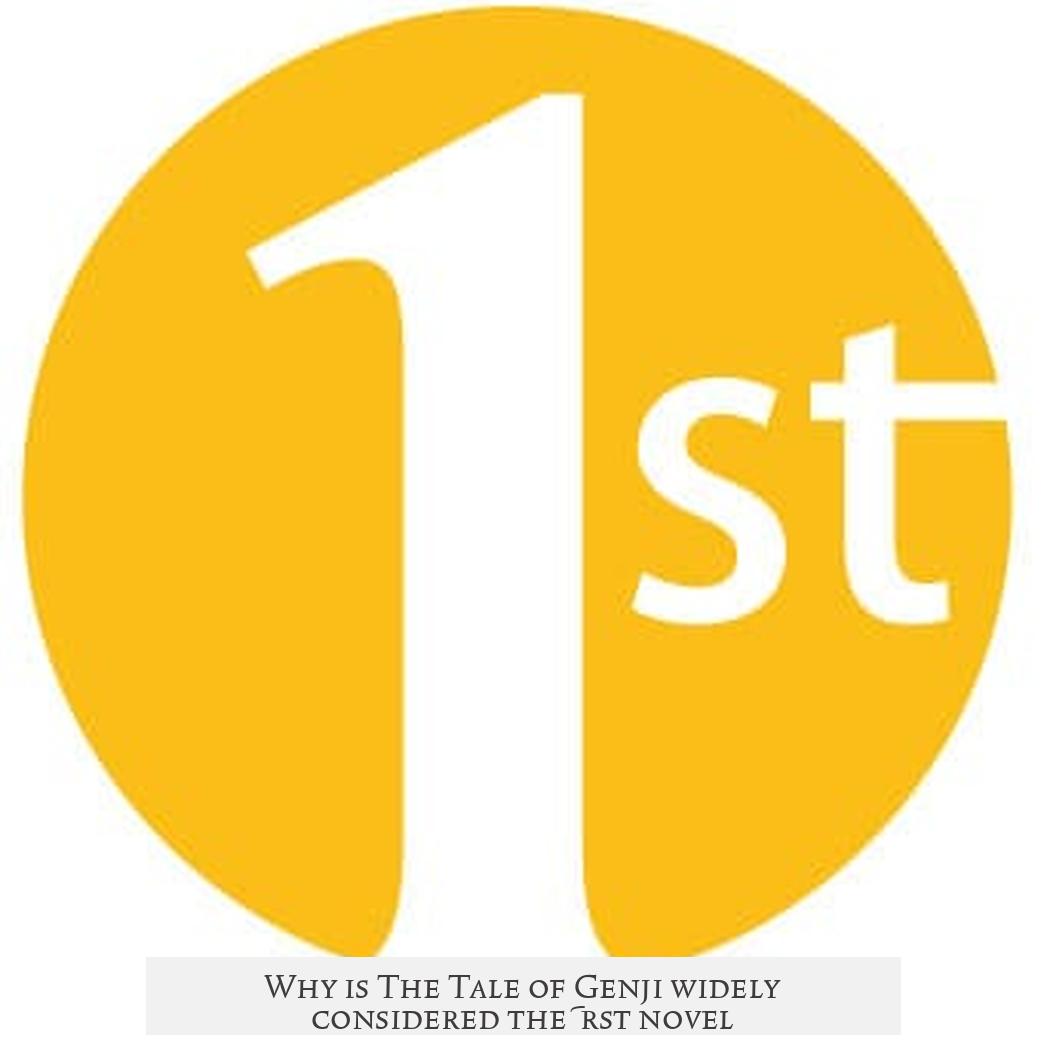
The Tale of Genji earns the title of the world’s first novel because it meets all the key criteria that define the novel form: it is a long, cohesive prose narrative with deep characterization and realistic themes, distinguishing it from earlier episodic or fantastical storytelling traditions. But why exactly does it hold this honor? Let’s dive in and unravel this literary mystery together.
To start, the scholarly community almost unanimously agrees on this point. Most academics cite The Tale of Genji as the very first novel. This consensus rests on broad and solid definitions of what a novel is. So, what does the word “novel” actually mean?
What Makes a Work a Novel?
The simplest way to define a novel includes four main requirements:
- Considerable length
- Written in prose (not poetry)
- A continuous narrative
- Fictional story
The Tale of Genji checks all these boxes. It’s about 1300 pages long, written entirely in prose, tells a consistent story about characters in a fictional world, and develops its plot without breaking into separate, unrelated episodes.
Contrast this with earlier texts like The Milesian Tale or One Thousand and One Nights. These classic works are collections of stories or folktales stitched together. They lack a consistent story arc or unified character development, so they never quite qualify as a novel. Simply put, a novel requires an unbroken narrative that draws readers through a singular, evolving story.
The Power of a Continuous Narrative and Realistic Characters

One of the most critical qualities of a novel is the unbroken storyline. Episodic or “picaresque” works—where episodes don’t build into a larger arc—aren’t novels. Further, fantasy-heavy romances don’t usually qualify because they skip reality to enter the realm of the supernatural, thus undermining the introspection and realism that novels emphasize.
The Tale of Genji shines here. It offers strong character development that’s rare for its time. Readers see the protagonist, Genji, grow and mature, move through social and personal challenges, and face the consequences of his actions. Murasaki Shikibu, the author, dives into the psychology of her characters, exploring familial ties, social obligations, and emotional depth. This humanizing aspect is essential for what separates a novel from earlier prose romances like Callirhoe, which had continuous stories but lacked introspective characters.
How Genji Meets and Exceeds the Novel Criteria
Besides the long length and unbroken narrative, The Tale of Genji maintains consistent prose style and realistic themes throughout. It does jump forward in time at points, but the storyline remains coherent. Plus, it comes with chapters — a convenience readers today expect from novels, though scholars seldom see chapters as mandatory.
What truly makes it stand apart is the treatment of time and character growth. Characters age, evolve, and react to changing circumstances. This focus on character evolution mirrors modern novelistic concerns, making readers feel connected and invested.
Crossing Literary Boundaries: A Japanese Flavor
Interestingly, some scholars like Dennis Washburn argue that labeling The Tale of Genji a “novel” applies Western literary standards onto a Japanese work. They point out that Murasaki Shikibu blends poetry and other forms into the prose, crossing genres in ways uncommon in Western narratives.
But despite these genre-bending qualities, the work still meets the core expectations of a novel—narrative consistency, characterization, and fictional breadth. In Heian Japan, literary blending was much more accepted, reflecting a broader cultural approach to storytelling.
Still Not Convinced? Let’s Recap:
- The Tale of Genji fulfills the broad definition of a novel: long prose fiction with a continuous narrative.
- Unlike previous episodic collections, Genji tells one detailed, evolving story without interruption.
- The characters are portrayed with psychological depth, aging and developing realistically.
- The narrative style is consistent and mature, focusing on real human concerns and society.
- It even features chapters, helping guide readers through its sprawling story.
- Its genre-mixing style adds richness without sacrificing novelistic coherence.
Simply put, The Tale of Genji is a pioneer because it captures the full scope of what a novel represents, long before the form was named or codified in the West. As a result, it stands as a testament to both the universality and the cultural depth of storytelling.
Practical Takeaway for Readers and Writers
If you love novels for their deep characters and immersive stories, you owe a nod to Murasaki Shikibu. Whether you pick up a 1300-page edition or a summary, you’ll experience the roots of modern narrative art. Writers looking for inspiration can see how blending poetry, prose, and themes can produce timeless results.
So next time someone asks, “Why is The Tale of Genji widely considered the first novel?” you can confidently say it synthesized early storytelling traditions into an emotionally rich, long, and continuous prose narrative that laid down the blueprint for novels as we know them today.
Feeling inspired to explore beyond Shakespeare and Dickens? Give Genji a shot and journey back to the very start of the novel’s grand adventure.
What key features make The Tale of Genji qualify as the first novel?
The Tale of Genji is long prose fiction with a cohesive narrative. It offers strong character development and explores human psychology, meeting broad definitions of a novel.
Why aren’t earlier stories like One Thousand and One Nights considered novels?
They are collections of separate tales without a continuous story. Novels require a single, unbroken narrative, which these works lack.
How does The Tale of Genji differ from ancient romances such as Callirhoe?
Callirhoe has an uninterrupted plot but lacks deep character introspection. Genji shows characters aging and changing realistically over time.
Does The Tale of Genji fit Western definitions of a novel despite cultural differences?
Yes. Though it blends poetry and narrative forms typical of Japanese literature, it meets core novel criteria like narrative unity and character depth under Western standards.
Why is an unbroken narrative important for something to be called a novel?
It ensures the story flows continuously, allowing deeper development of characters and themes. Episodic or mixed works do not create this unity.
